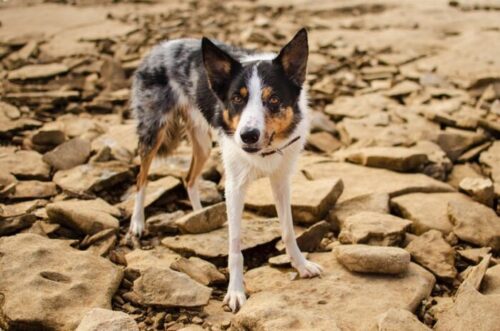Researchers have delved into the DNA of ancient dogs to learn more about their movement and relationship with humans. By sequencing the DNA of 27 dogs found in Europe, the Near East, and Siberia, the team discovered five different types of dogs with distinct genetic ancestries dating from before any other animal had been domesticated.

The study, which was conducted by the BiG (bioarchaeology and genomics) Laboratory at Texas A&M University, examined dogs from across the old world, representing a period that stretches almost 11,000 years back in time. The researchers extracted DNA from skeletal material to see how dogs evolved from thousands of years ago when all humans were still hunters and gatherers.

The findings shed light on the human-dog bond, revealing that when humans moved, they almost always took their dogs with them. This suggests that dogs played an important role in human migration and settlement patterns.

The study also revealed that the genetic diversity of dogs was much greater in the past than it is today. This is likely due to the fact that ancient humans did not selectively breed dogs for specific traits as much as modern humans do.
The researchers identified five distinct types of dogs, each with its own genetic ancestry. These included the ancient North Eurasian dog, the ancient Siberian dog, the ancient East Asian dog, the ancient Middle Eastern dog, and the ancient Western European dog.
The ancient North Eurasian dog was found in Siberia and is believed to be the ancestor of the modern-day Siberian husky and Alaskan malamute. The ancient Siberian dog was found in the same region and is believed to be the ancestor of the modern-day Samoyed.

The ancient East Asian dog was found in China and is believed to be the ancestor of the modern-day chow chow and Shar Pei. The ancient Middle Eastern dog was found in the Near East and is believed to be the ancestor of the modern-day saluki and Afghan hound. The ancient Western European dog was found in Germany and is believed to be the ancestor of the modern-day boxer and Great Dane.

Overall, the study provides valuable insights into the history of dogs and their relationship with humans. It highlights the important role that dogs played in human migration and settlement patterns, and sheds light on the genetic diversity of dogs in the past.






